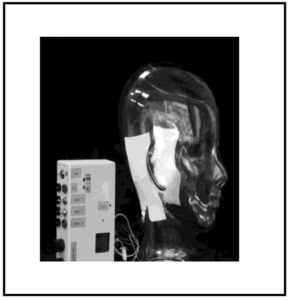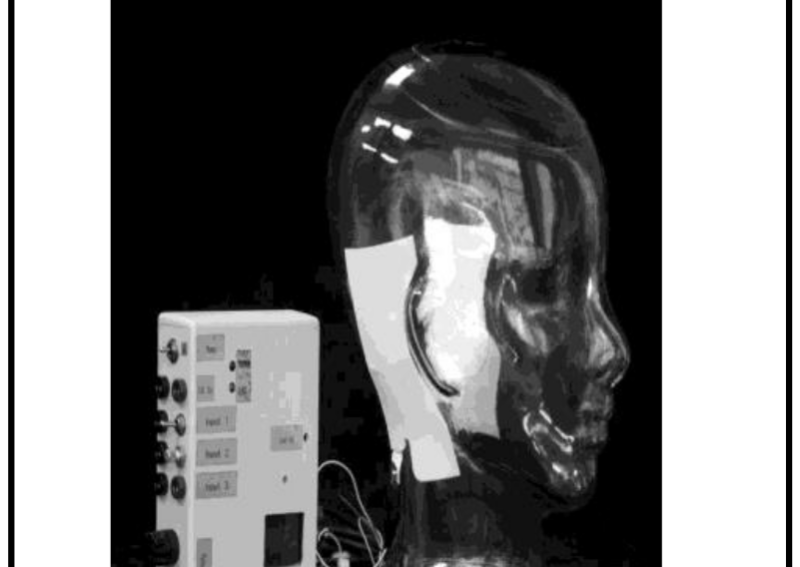 Galvanic vestibular stimulation (GVS) refers to the process of applying small electric currents (approximately 1.0 ma) to the mastoid processes behind the ears, which stimulates the primary vestibular afferents of the inner ear.
Galvanic vestibular stimulation (GVS) refers to the process of applying small electric currents (approximately 1.0 ma) to the mastoid processes behind the ears, which stimulates the primary vestibular afferents of the inner ear.
This serves to modulate continues firing levels of the vestibular afferents causes a standing subject to lean in different directions depending about the polarity of the current. GVS generates illusory sensations of motion and postural and ocular reflexes.
What GVS does?
GVS is used as a model of sensorimotor dysfunction (problems with gait,
gaze,balance.
GVS induces decrements in posture, locomotion, gaze and pilot performance.
GVS activates the vestibular afferents, and these changes in vestibular input exert a strong influence on the subject’s posture or standing balance.
Which are the condition GVS can be used?
- In vestibular conditions, GVS can improve balance issues.
- In patients with Parkinson’s disease (PD), changes in vestibular input exert a strong influence on the subject’s
posture or standing balance. - In post-stroke condition like PicaSyndrome, GVS might improve postural instability and standing balance.
- Hemi-spatial neglect is an attentional disorder in which the sufferer fails to acknowledge or respond to stimuli
appearing in contralesional space. In recent years, it has become clear that a measurable reduction in
contralesional neglect can occur during, small amplitude current induces can shift via asymmetric modulation
of the left and right vestibular nerves.
Recent researches are undergoing to find the long term effect and the effect of GVS with virtual reality in
balance deficits or in vestibular deficits. But this can be an advanced and also effective treatment in
vestibular rehabilitation and balance rehabilitation.




